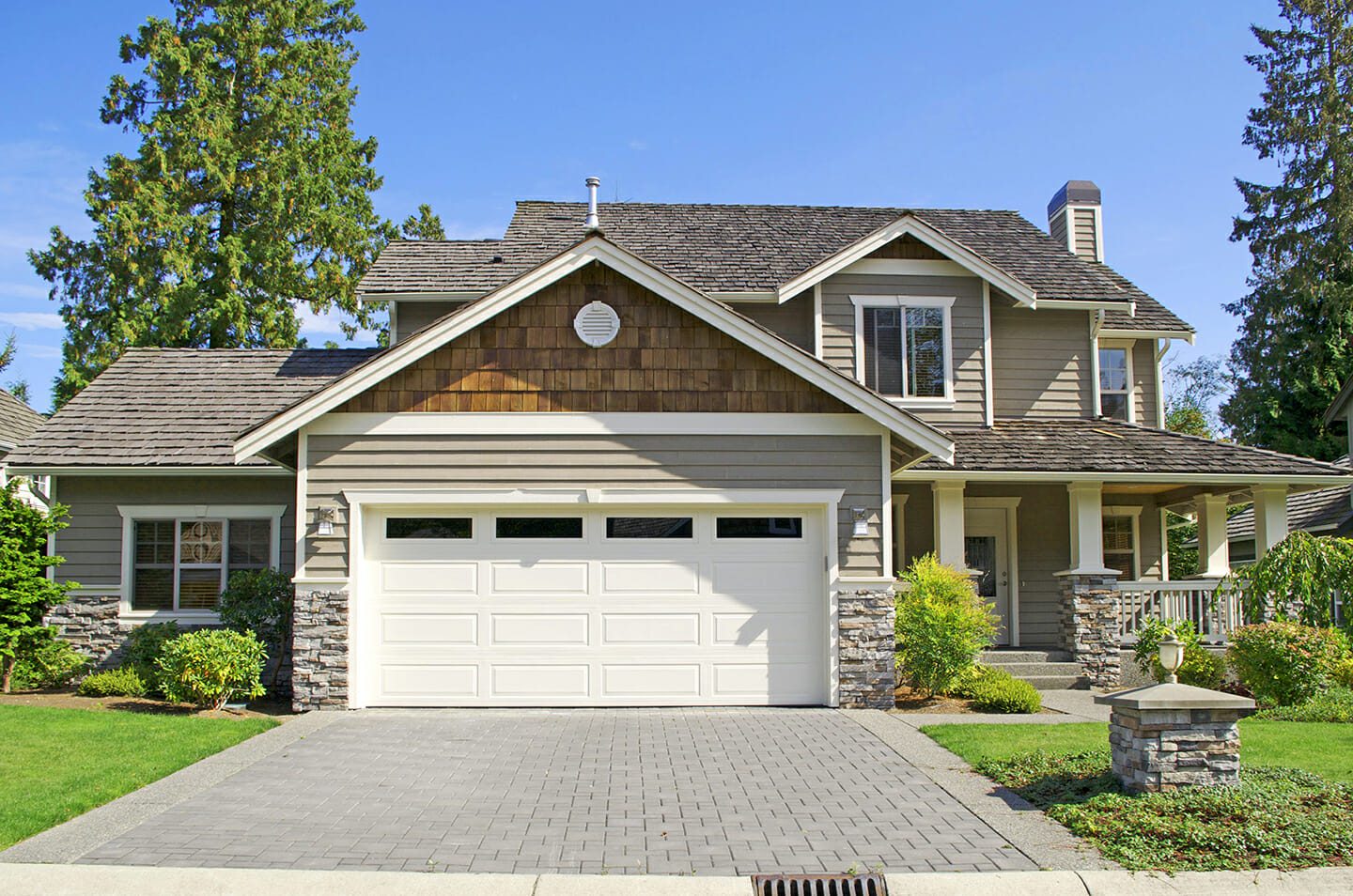your performance home and Santa Fe
Can Dehumidifiers Improve Home Performance?
New building practices and the drive for energy upgrades in existing homes have resulted in tighter homes that often have comfort issues and poor indoor air quality. Airtight and well-insulated building construction restricts air infiltration from the outside, which allows pollutants and moisture levels to accumulate inside. Most new construction building standard programs and existing home performance assessments incorporate the indoor air quality elements of whole house dehumidification and ventilation.
According to the US Department of Energy, controlling moisture can make your home more energy-efficient, less costly to heat and cool, and more comfortable. Properly controlling moisture in your home will improve the effectiveness of your air sealing and insulation efforts. The best strategies for controlling moisture in your home depend on your climate and how your home is constructed. Proper ventilation should also be part of a moisture control strategy.
Energy Efficient Homes
The new Energy Star® for Homes Version 3 Guidelines now require all new homes to include a mechanical ventilation system complying with the ASHRAE 62.2 Standard.
Fresh air supply ventilation systems, such as an Santa Fe Whole House Ventilating Dehumidifier, allow improved control and treatment of the air that enters the house. By slightly pressurizing the house, these systems minimize outdoor pollutants in the living space and reduce the potential for backdrafting of combustion gases from fireplaces and appliances. Santa Fe Whole House Ventilating Dehumidifiers filter and dehumidify outdoor air before introducing it to your home.
To learn more about whole home performance and how ventilation and moisture control play a vital role visit Indoor airPLUS.
Energy efficient homes — both new and existing — require mechanical ventilation to maintain indoor air quality.
According to the Environmental Protection Association, homebuyers today are increasingly concerned about poor indoor air quality and the presence of high VOC levels in their homes, including mold, radon, carbon monoxide, and toxic chemicals.
According to the Home Ventilating Institute, a tighter, well-insulated home can save energy, increase comfort for its occupants, and create an opportunity to manage indoor air quality. Maximum benefits can only be achieved through the careful selection of materials and the proper use of mechanical ventilation.
According to LEED for Homes, controlling indoor moisture levels provides comfort, reduces the risk of mold and allergens, and increases the durability of the structure of the home. In hot and humid climates, dehumidification can reduce the energy demands associated with air-conditioning.
Most green building and energy performance standards include dehumidification and ventilation.
Tight homes can cause poor indoor air quality and lead to high VOC levels without effective ventilation.
High performance homes use less energy and offer better indoor air quality.
IAQ & You
Interested in learning more about the science behind indoor air quality? Visit the FAQ page for a detailed explanation of how temperature, dew point, and relative humidity all impact the comfort of your home. Also, see how dehumidification and ventilation work together to promote a healthy environment for you and your family.





